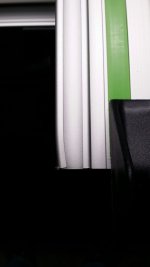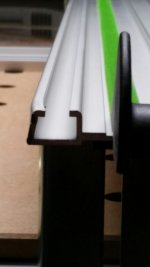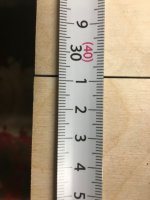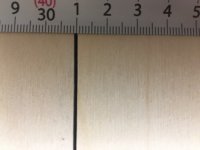I bought a (second!) TS 55 about two months ago and had some oddball trouble doing some very easy cuts. i found that the 55" rail was bowed out at the center by about 1/16". ! this error compounded throughout the workpieces enough to basically ruin them before i saw what was happening. i returned it and the sales guy ended up calling his service contact about it, who confirmed that on rare occasion he had encountered bent rails. i've designed/worked with extrusion profiles before and know how hard it is to get them true after they come out of the extruder- the tolerances are actually a bit on the loose side. the rail i had and the box it came in showed no signs of impact/damage whatsoever, so i'm pretty sure this component was faulty from the factory.
So i'm wondering if anyone has seen this before, even to a lesser degree, and whether or not guide rails tend to be truly dead on straight or not- for future work I hope to have the option of using a 90 degree setting to use the rail to get very square panels for jobsite built casework, basically bypassing the Martin panel saw in the shop. This won't work so well if the guide rails have any deviation.
(i got a replacement for mine but it is on a distant jobsite for a while and i haven't had time to check it out yet...)
Any experience with this?
Thanks...
So i'm wondering if anyone has seen this before, even to a lesser degree, and whether or not guide rails tend to be truly dead on straight or not- for future work I hope to have the option of using a 90 degree setting to use the rail to get very square panels for jobsite built casework, basically bypassing the Martin panel saw in the shop. This won't work so well if the guide rails have any deviation.
(i got a replacement for mine but it is on a distant jobsite for a while and i haven't had time to check it out yet...)
Any experience with this?
Thanks...




